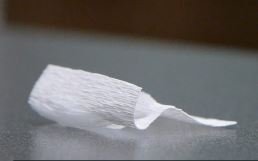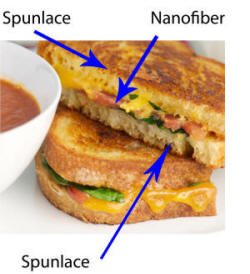The Cost of a Free Screening Trial
We understand that at large companies, trying out new products can be complicated. The development process is full of trial and error – but if you add to that the administrative red tape, interfacing with SAP, etc., it can be almost impossible. That’s why at Micrex, we help you shed the red tape and focus on the trial itself.
We’ve said it many times: we believe in quick turnaround and fail-fast. The more ideas you try out, the greater chances you have of succeeding. That is why we offer free screening trials.
But make no mistake: screening trials are not “free” for us, and we take them very seriously. I believe they are the single most important thing we do at Micrex.
This is what you get with a free screening trial at Micrex:
- I (president of Micrex) evaluate and supervise your trial plan
- A senior Micrex operator runs your trial
- Your material is tested on multiple configurations of our equipment with various settings and temperatures. With our expertise, we can complete these trial runs rapidly
- You receive your sample back quickly and with a write-up of results
We figure the average screening trial costs Micrex in excess of $2,000
The bottom line: screening trials are serious business for us at Micrex.
Get the details and find out how to get started here.





